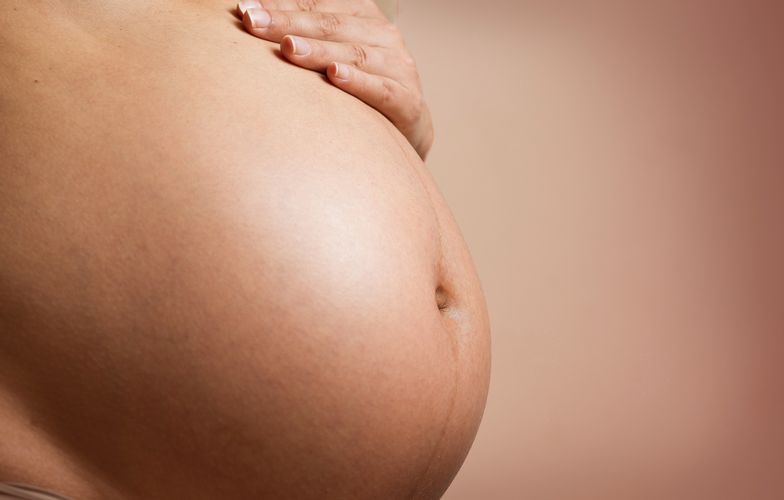Craniosacral therapy can be beneficial for many different conditions including pregnancy and infants. But did you know that it can also help those that are needing to induce labor?
Craniosacral Therapy for Inducing Labor
The effectiveness of craniosacral therapy being used for inducing labor has been documented through various case studies. A woman may be induced for a few different reasons including:
Estimated due date: If a woman has carried her pregnancy past her estimated due date by 1-2 weeks.
Health Condition: Different health conditions can pose as a risk to you or your unborn baby including:
-
High blood pressure
-
Abruptio placenta Infection
-
Lung disease
-
Pre-eclampsia
-
Diabetes
Water breaks: If the amniotic waters break without the onset of contractions and the start of labor.
Baby's health: Sometimes a baby will develop a health condition in utero that needs medical attention. If this occurs, a cesarean section (c-section) will most likely be the route your doctor or midwife recommends, and craniosacral therapy will not be used to induce labor.
Now that we have an idea of the different reasons why inducing labor may be needed let's discover how craniosacral therapy helped one woman induce her labor through a case study.
Inducing Labor and a Case Study
This case study involved a 26-year-old woman who was ten days past her estimated due date. When evaluated by the craniosacral therapy practitioner, this is what was found:
Evaluation
Fascial tensions:
-
Low back
-
Pelvis
-
Hips
Circulation restrictions:
Legs
Abdomen
There were pressure and energetic restrictions in the abdomen.
Treatment
During treatment for inducing labor, a craniosacral therapist will use the following techniques as utilized with the woman in the case study:
Massage techniques to relax tissues in three areas of the body:
-
Neck
-
Shoulders
-
Back
Respiratory and pelvic diaphragm releases: To help with circulation
Energetic movement and SomatoEmotional Release Session (SER): Energy emotions can play a huge role in the labor and delivery of a child. The woman's brother had committed suicide a month before her due date. Through imagery and Somato Emotional Release craniosacral techniques, the woman was able to process her grief. This SER process led to many positive results.
Results
This case study documents the effectiveness of craniosacral therapy for inducing labor, as evidenced by the fact that after the woman had her craniosacral session, that included SER, her baby boy was born with:
-
No complications
-
Naturally
How Many Sessions are Recommended?
The number of sessions that will be needed will differ from one woman to the next. What was recommended and used for the woman in the study was:
Average length of sessions: 60 min
Number of sessions: 5
You may also find that five sessions are what is helpful for you. Always talk to your practitioner about what is suggested, and what they recommend based on your individual needs and health.
Cost
The average price per session in the country is $70-$170. When pregnant, you will want to discuss if the practitioner has prenatal experience or training. It is also important to note that some practitioners may offer discounts or packages for prenatal care treatments. For more information, read: How Much Does Craniosacral Therapy Cost?
References:
Applications of CranioSacral Therapy in Newborns and ... (n.d.). Retrieved April 4, 2019, from https://www.iahe.com/docs/articles/massagetoday.com-applications-of-craniosacral-therapy-in-newborns-and-infants-part-i-1511268210.pdf
Labour Induction and Augmentation. (n.d.). Retrieved April 4, 2019, from https://www.healthlinkbc.ca/pregnancy-parenting/labour-and-birth/during-labour/labour-induction-and-augmentation
Pregnancy and CranioSacral Therapy - iahe.com. (n.d.). Retrieved April 4, 2019, from https://www.iahe.com/docs/articles/Pregnancy_and_CranioSacral_Therapy.pdf





















